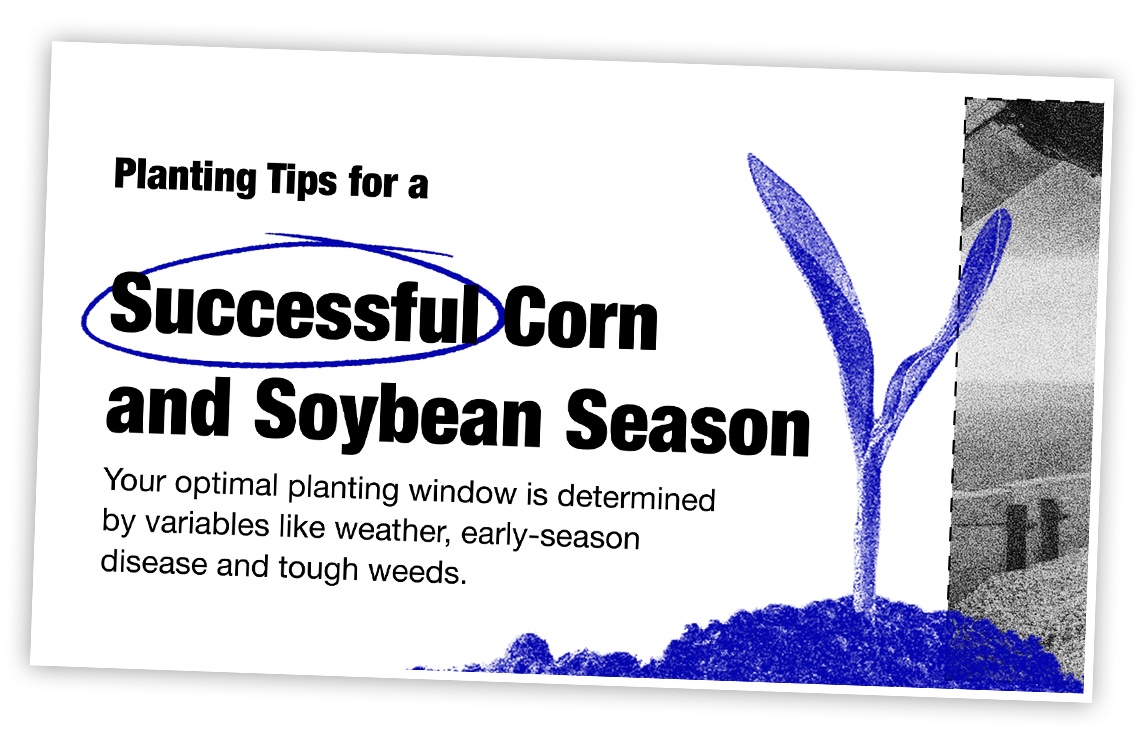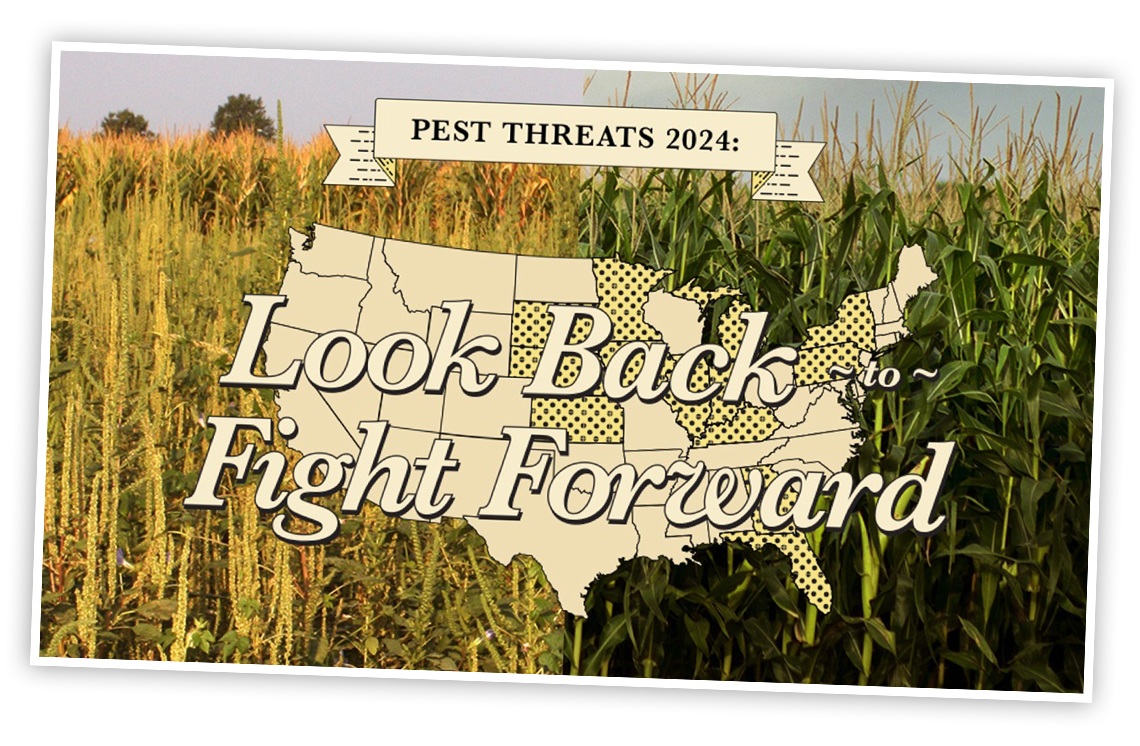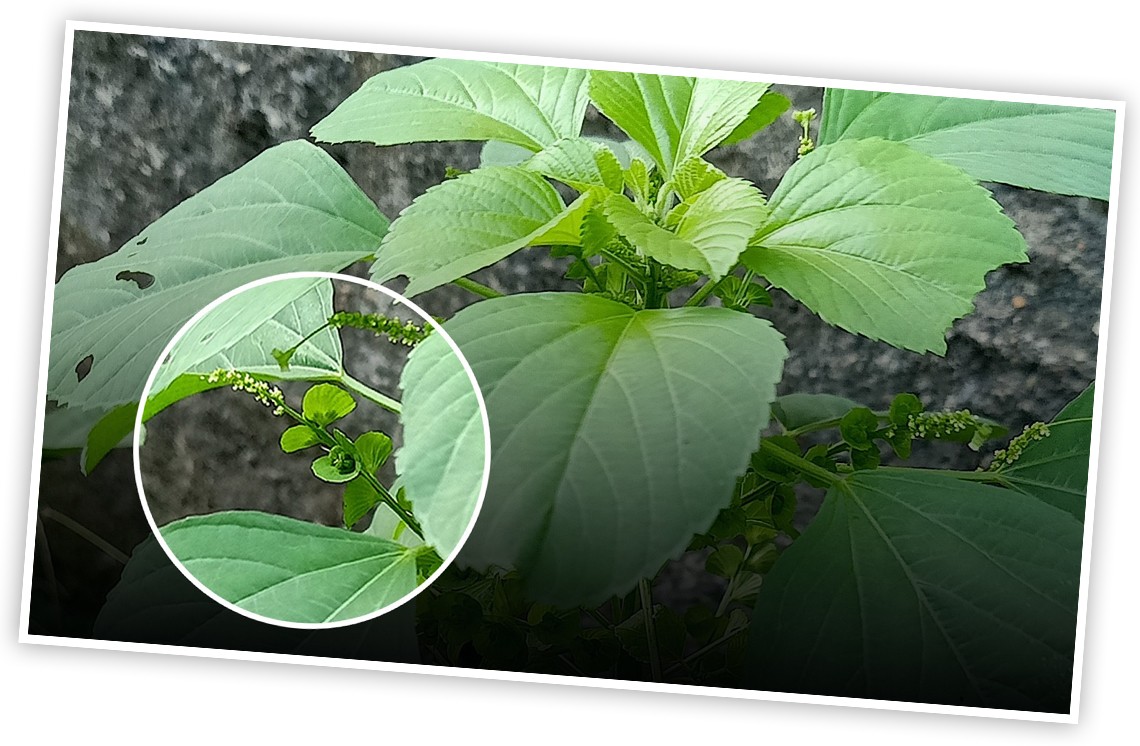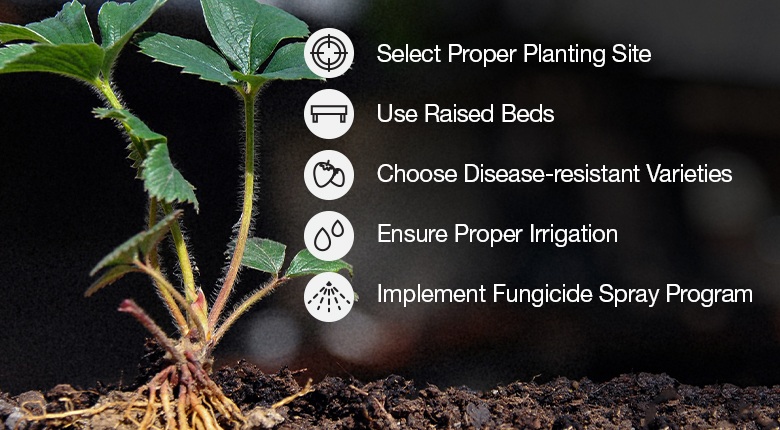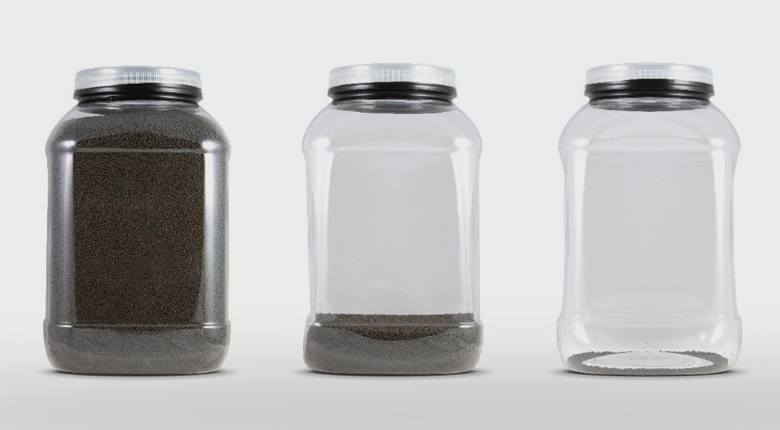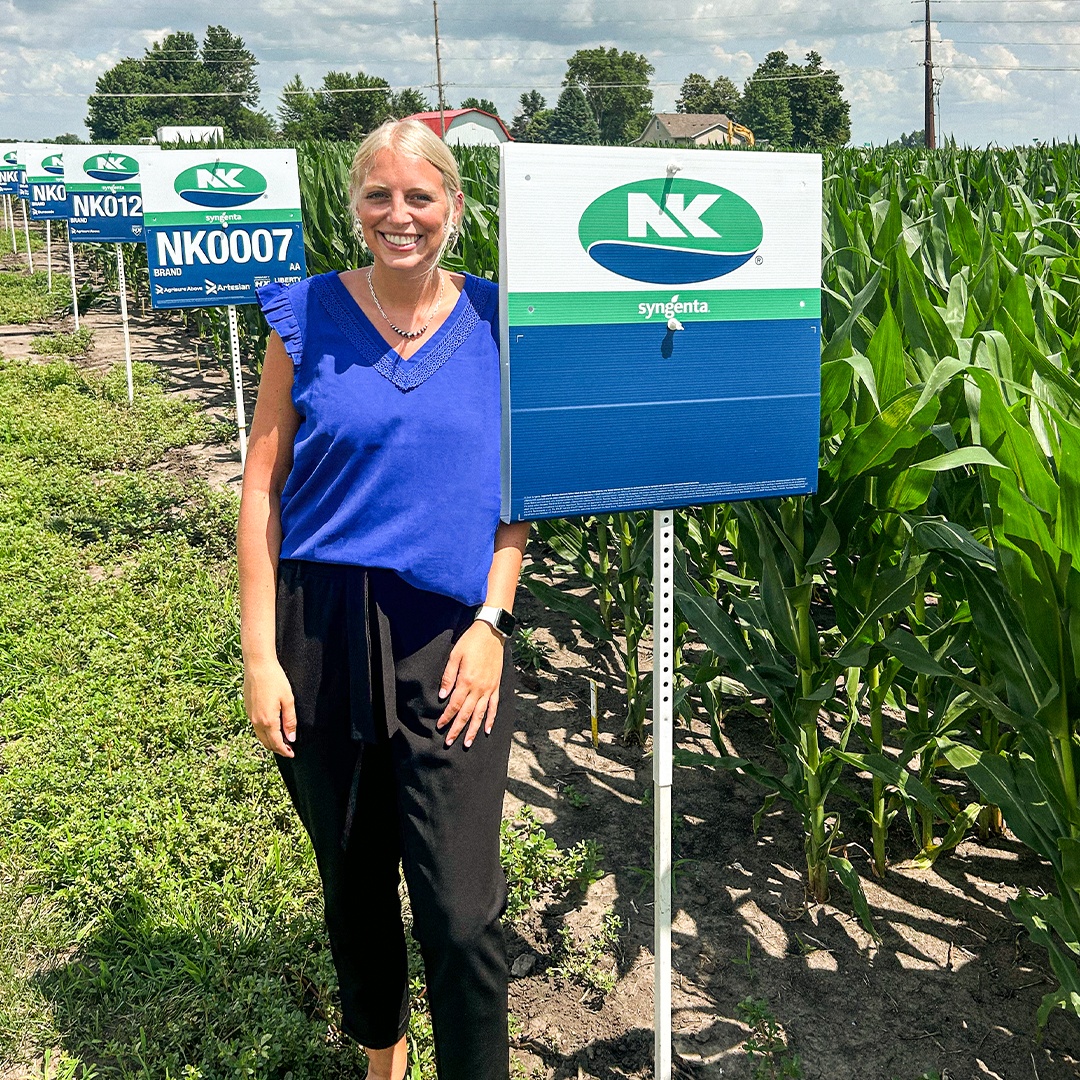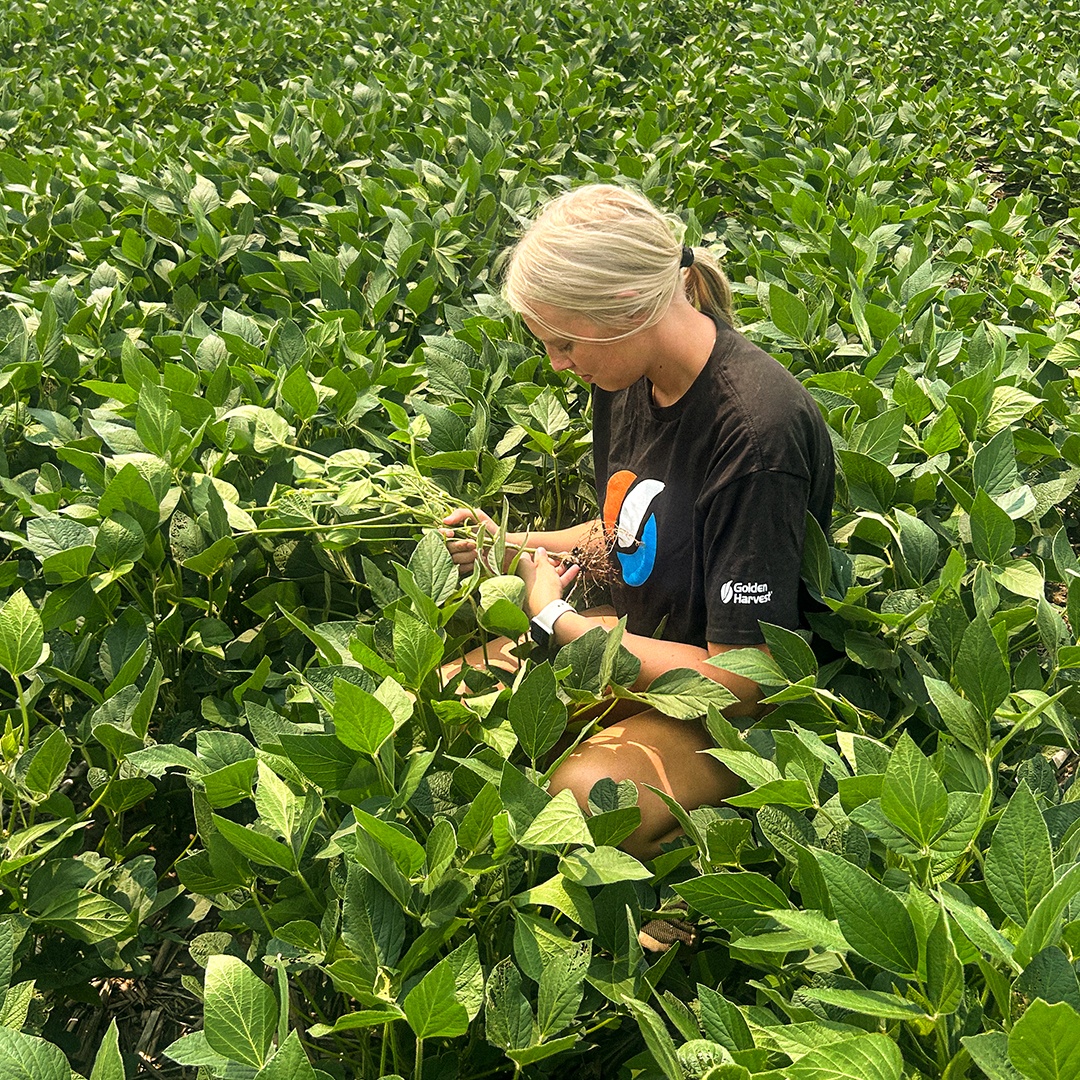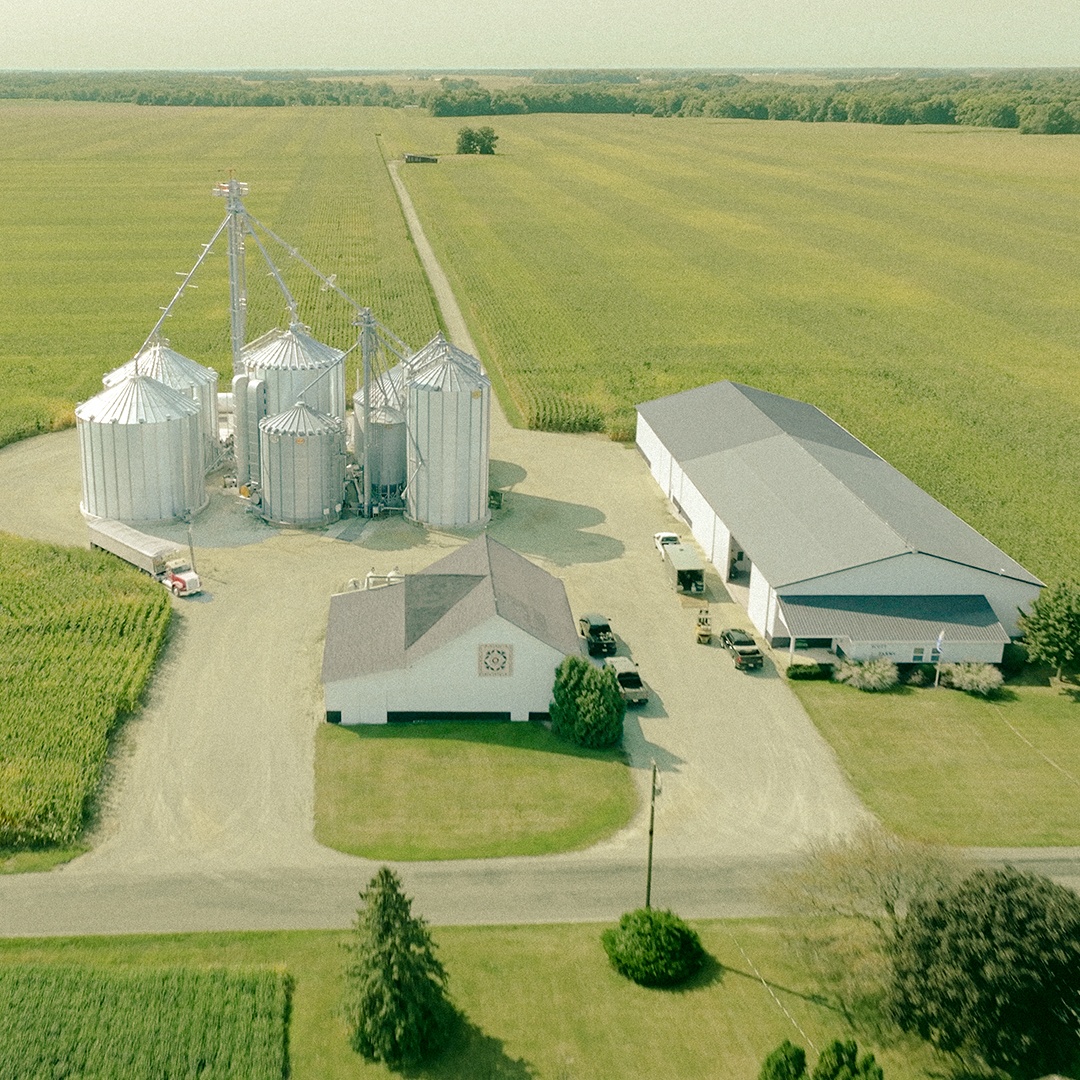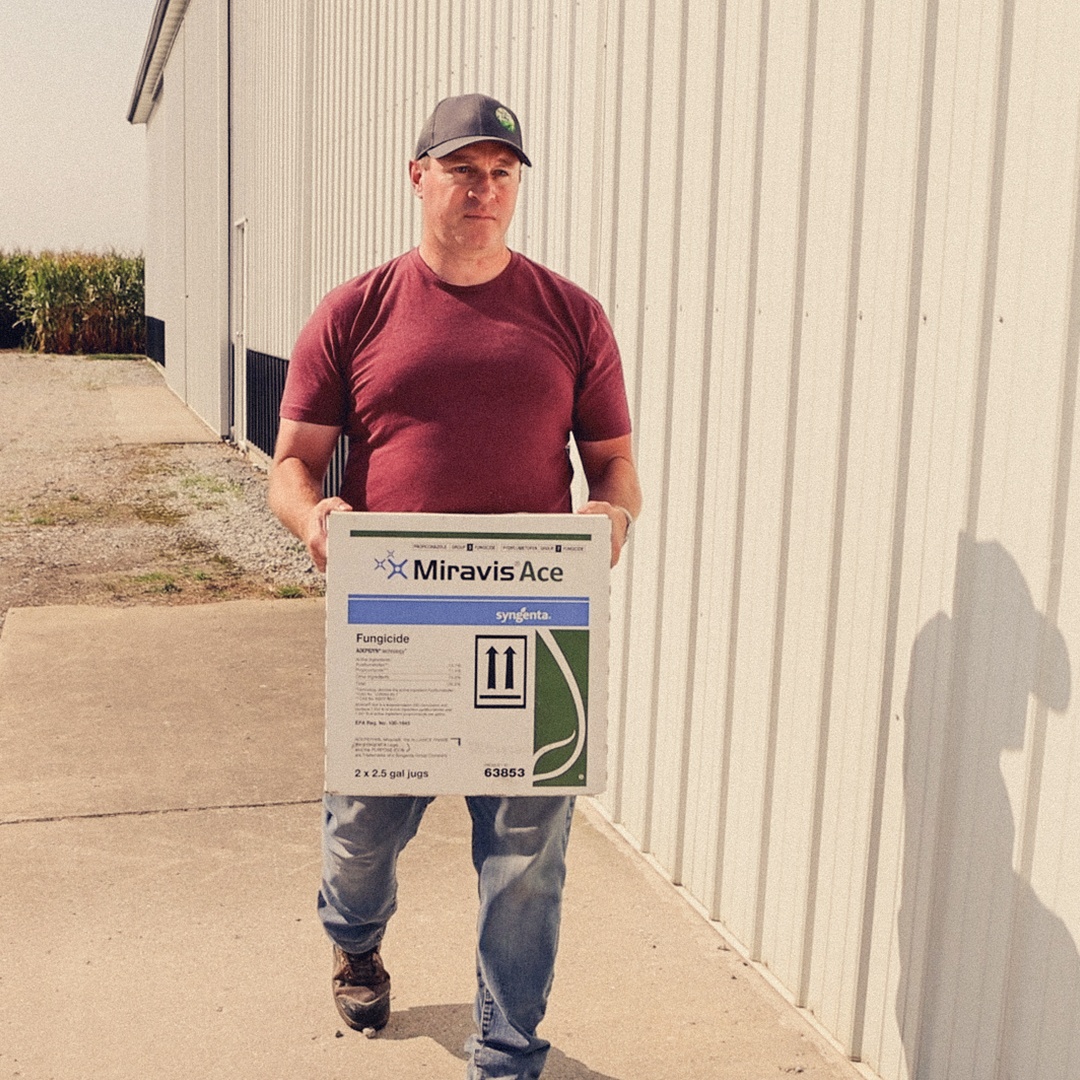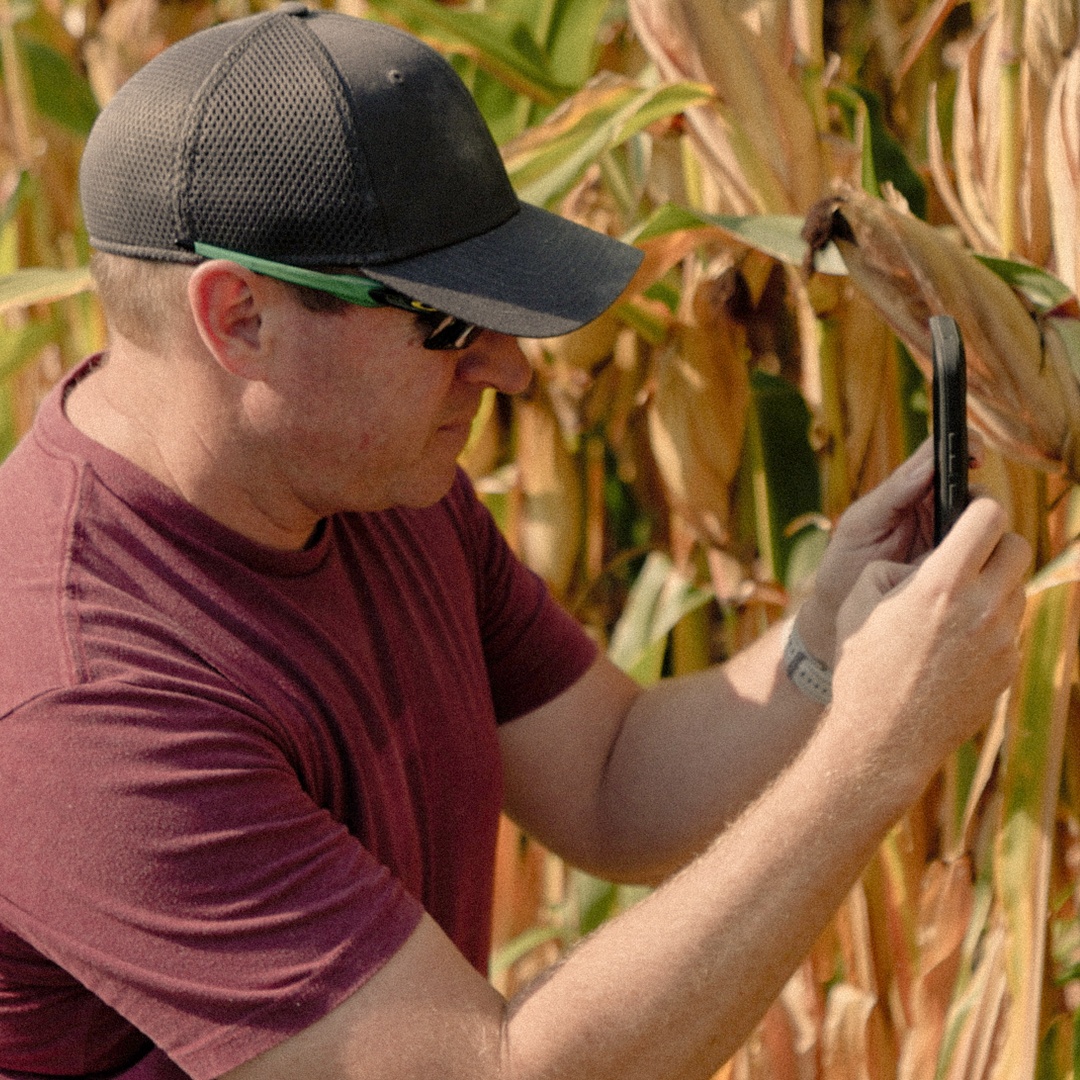There’s only one constant in farming: change. And 2024 certainly ushered in a lot of it, from unpredictable weather and volatile markets to ongoing resistance challenges and emerging pest threats. We’ve been alongside you all the way, following up on our commitment by sharing stories from the community, insights from the field and headlines from the lab that support your operation.
Before we turn the page to another year of Thrive content, join us as we look back at the cream of the crop — our picks for the best of Thrive from 2024.
What’s in a Branded Crop Protection Product?
Although they might be the first thing you look for when shopping around for a new crop protection product, active ingredients aren’t the sole indicators of an effective input. Precise blends of other ingredients contribute to the reliability of Syngenta formulations, and each is perfected and backed by years of research.
Why we love it: This article is more than a deep dive into product labels; we talked to a formulation specialist to break down the two main differentiators between branded and generic products. It’s a testament to our global team’s knowledge and passion for bringing growers the best of the best.
Can’t picture it? No worries — we illustrated the difference between our products and generics.
Ask the Experts: What You Need to Know About Carbon Credits
The carbon market offers opportunities for additional revenue streams and encourages sustainable practices that preserve the land. This article outlines the record-keeping requirements and guidelines for getting started, as well as a look forward to the potential of the carbon market.
Why we love it: It can feel like there are still a lot of unknowns surrounding the carbon market. That’s why we brought your questions straight to the source — soil, climate and sustainable business experts — to unpack everything you need to know.
Check out Decoding Carbon Credits to visualize their impact in a whole new way.
Planting Tips for a Successful Corn and Soybean Season
No matter how carefully you plan, it only takes one curveball from Mother Nature to disrupt your corn and soybean planting schedule. Your goal for planting should be to take advantage of best-case timing and overcome worst-case scenarios.
Why we love it: Here, we help you prepare for the variables you can control and recognize ideal conditions so you’re ready to go when the optimal planting window arrives. There’s a good reason this article was popular early this year!
In a rush? We summarized the top eight tips for you here.
A Fresh Take on Farm Safety
In June, we celebrated National Safety Month by sharing tips to keep your family safe on the farm. From online trainings to correct product disposal and specialized safety programs for kids, farm safety can take many forms.
Why we love it: Often, farming is a family business — this article honors that by sharing tips and best practices to keep the whole family safe so you can focus on what matters.
Pest Threats 2024: Look Back to Fight Forward
Waterhemp, stink bugs, tar spot … do any of these pests ring a bell? These pests have something in common besides being a thorn in your side — our agronomists predicted these challenges well before they showed up in the field this year! How? You’ll have to check out the full article to find out.
Why we love it: You can reach for your Farmers’ Almanac to predict the weather, but for regional pest updates, there’s no better resource than our agronomists. The local advice compiled in this article served as a pest watchlist that gave growers a head start on pest management this summer.
Asian Copperleaf: An Emerging Weed Threat in Iowa
The discovery of new species is rare and can complicate even the most robust weed management strategies. Asian copperleaf has been discovered in six North Central Iowa counties and counting. It emerges late and might escape early herbicide applications, causing concern for local growers.
Why we love it: Local problems require local answers. We talked to an Iowa-based agronomist with boots on the ground to explore the implications of Asian copperleaf, scouting tips and management best practices.
Connecting With Community in St. Gabriel, Louisiana
St. Gabriel, Louisiana is home to one of our largest manufacturing sites. Besides producing Syngenta products, this site’s leadership and staff make it a priority to give back to their community. Among many community projects, their dedication to mentoring the next generation of ag professionals is motivating.
Why we love it: This video highlights the people behind the products you depend on. We were inspired by the idea that working where you live encourages even more vibrant community-building. Their positive impact reaches into and beyond their local community to better agriculture as whole.
Want to see more? Learn how the St. Gabriel manufacturing site was recognized as a top 100 green power user.
Test Your Weed Knowledge
Can you tell the difference between waterhemp and Palmer amaranth? It’s a toss-up that can confound even the most experienced growers. Taking the time to differentiate between the weeds in your fields can help inform your herbicide decisions so you can build better programs.
Why we love it: We put your knowledge to the test in this interactive infographic! Scroll back and forth to hone your weed ID skills and get fast facts that can help you keep these yield-robbers out of the field next year.
For a deeper dive, learn more about how to identify corn and soybean weeds.
Faces of Farming: Todd Poots and Brian Scott
New this year, our Faces of Farming series highlights impactful growers from across the country. So far, we’ve highlighted Todd Poots, whose family has stewarded the Poots Heritage Farm for over 155 years and counting, and Brian Scott, whose dedication to online “agvocacy” is reconnecting thousands of non-farmers with American agriculture.
Why we love it: Whether growing is the family business, you’re involved in associations or simply share knowledge in pursuit of your next bushel, farming is collaborative. Todd and Brian may have different approaches to life on the farm, but they both embody the kind of leadership and passion that inspires us and the next generation of agriculture.
How to Get the Most Out of Spray Drones
Drone technology has dominated headlines and grown exponentially in the last 10 years, and for good reason. They’re widely accessible, efficient and frankly, exciting — but they also come with responsibility.
Why we love it: If you’re not familiar with drones yet, allow us to introduce you. With expert answers to questions about spray drone safety, requirements and licensing, this article is the perfect place to start.
Want to see for yourself? Watch two growers explain how drones power profit potential.
As we look ahead to 2025, we’re staying focused on the challenges that impact you. Next year, we’re introducing a new category to bring you operational insights that support your business: Farm Operations. Stay tuned for information on how to be a better manager, how to navigate family dynamics in your multi-generational business, how to get a better handle on your farm’s finances and much more.
We’re excited to continue to deliver stories that celebrate our community, showcase innovations and discuss agronomic challenges as part of our commitment to you. Here’s to another year of Thrive!


